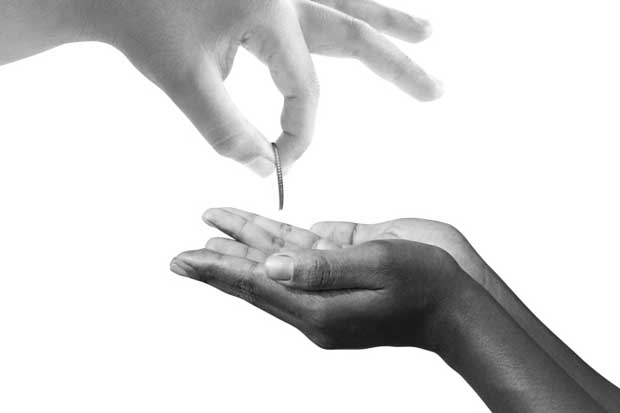Seven years ago I wrote here about a site called Kiva.org. I had met the co-founder of this charity when she came to Oxford in 2007 and was intrigued by her idea. Jennifer Jackley had been inspired to start the site by Muhammad Yunus’s work on microlending — the practice of issuing small loans to people in the developing world who would other-wise have no access to credit.
At Kiva.org, rather than giving money, you lend it. You choose people and businesses, mostly in the poorest parts of the world, and advance them a fraction of the amount they want to borrow, typically $25. The loan is then paid back to you monthly, usually over a year. You can withdraw it or, more commonly, lend it to someone else. It is a kind of circulatory charity.
When I wrote about Kiva, I created a small lending team for Spectator readers to join: www.kiva.org/team/spectator. I checked last week, and after seven years the group has 95 members. But what astounded me was that those 95 people have made a total of 7,000 loans, amounting to $191,000. The cost? Only the modest interest forfeited by not depositing the money in a conventional bank.
Coincidentally, on the same day I learned we had made 7,000 loans via Kiva, a friend emailed me about another idea using technology to re-engineer the aid industry. It’s called Givedirectly.org, and if you’re the kind of person who hates the idea of your charitable donations funding what James Delingpole calls ‘a bunch of Ruperts with Soas degrees in sustainability, zooming around in Land Cruisers in search of hot French doctors from Médicins sans Frontières to shag, while helping the local economy barely one jot’ — well, you’ll love it.
In short, Givedirectly.org sends your money via mobile phone to really poor people. That’s it. No Land Cruisers, no degrees in development studies, no distorting the local economy by causing ambitious Kenyans to study sociology for three years in the hope of landing a job with an aid agency. Having identified someone who is inarguably very poor, it sends them large payments every month for a year — totalling $1,000, effectively doubling their income. The money is sent directly using the mobile phone payment systems, which are, fascinatingly, far more advanced in Kenya or Uganda than here.
At this point, you’re probably thinking, ‘But can it really be that simple?’ Well, here’s the odd thing: it seems that direct cash transfer really works. There is very little opportunity to game the system — because there is not much system to game. -Moreover, all the research shows that for years after people receive this year-long influx of funds, they earn more, own more, work more and are substantially happier.
Two things seem to be significant about this. One is that the money is given unconditionally — trusting that individuals rather than outside experts know what’s needed to improve their lives. The second is that the money is paid in large lump sums, but for a limited time. Conventional wisdom suggest that poor people given lump sums simply spend it all in some massive binge. All the evidence so far suggests the opposite is true. Most of us, after all, are both stingier and more far-sighted with windfalls than with our day-to-day salaries. Why should Ugandans be any different?
If it really is so simple, why did we not discover it before? One scary possibility presents itself. Quite simply, because many people like performing jobs that are visibly charitable and altruistic, might they overcomplicate solutions through the unconscious urge to play a heroic role in achieving them?
Got something to add? Join the discussion and comment below.
Get 10 issues for just $10
Subscribe to The Spectator Australia today for the next 10 magazine issues, plus full online access, for just $10.
You might disagree with half of it, but you’ll enjoy reading all of it. Try your first month for free, then just $2 a week for the remainder of your first year.















Comments
Don't miss out
Join the conversation with other Spectator Australia readers. Subscribe to leave a comment.
SUBSCRIBEAlready a subscriber? Log in